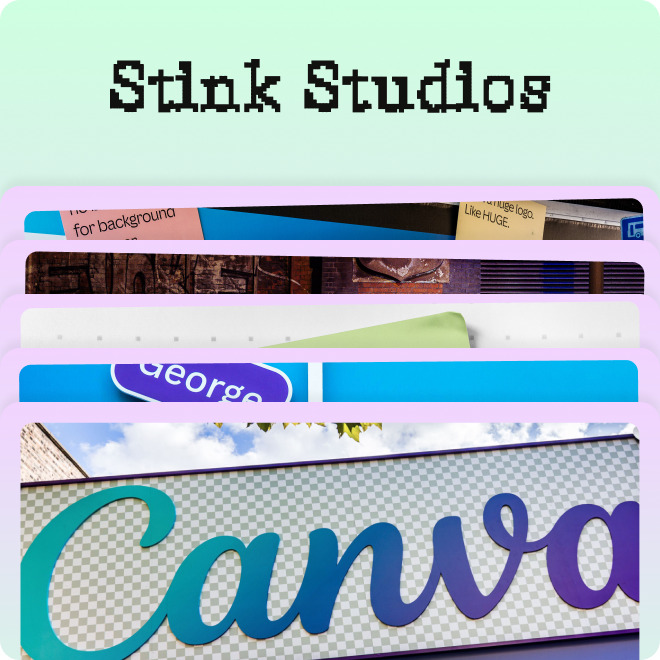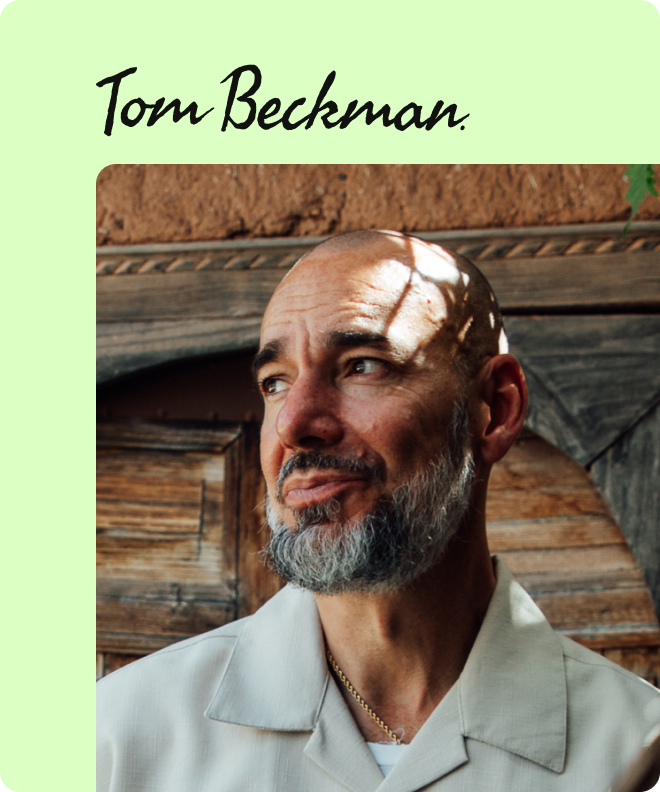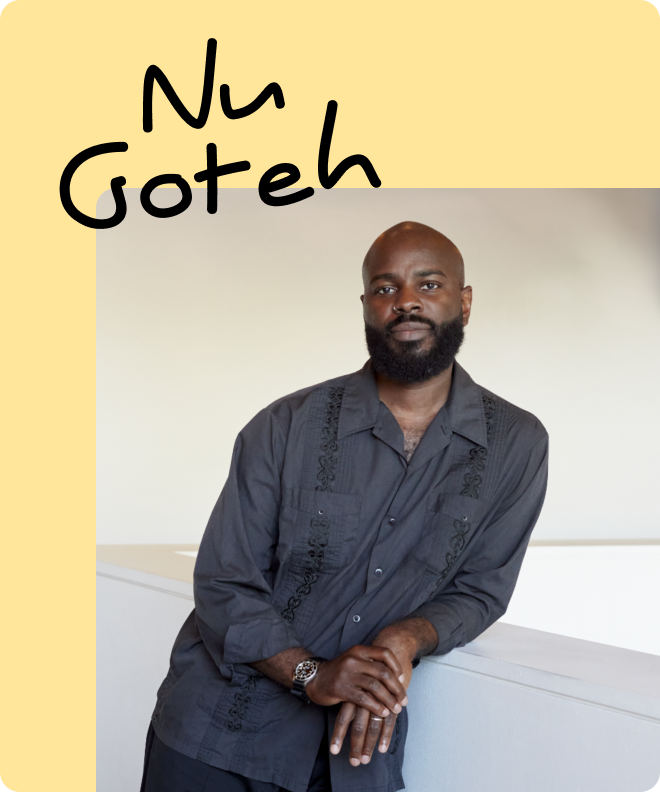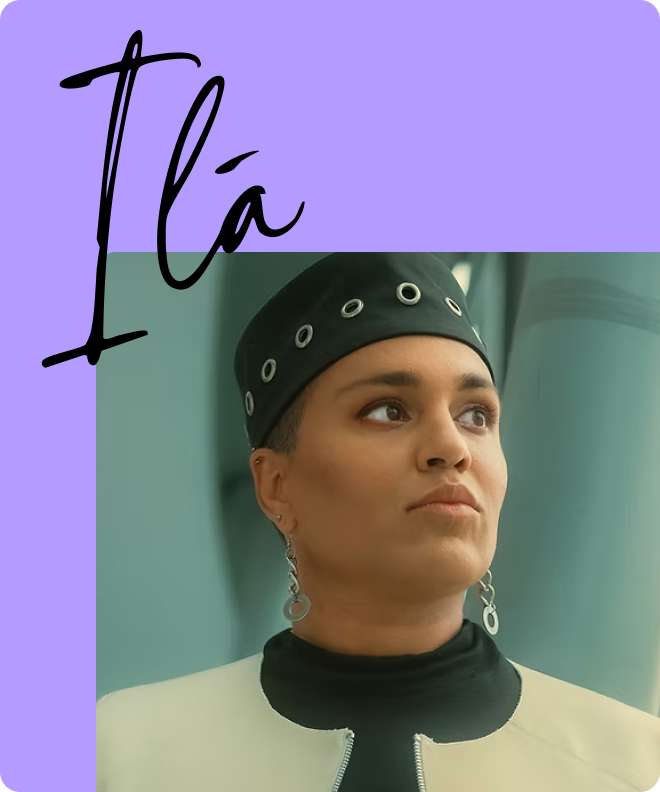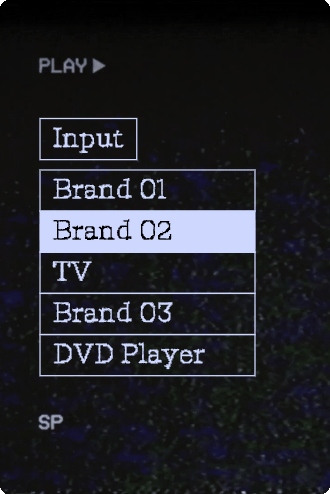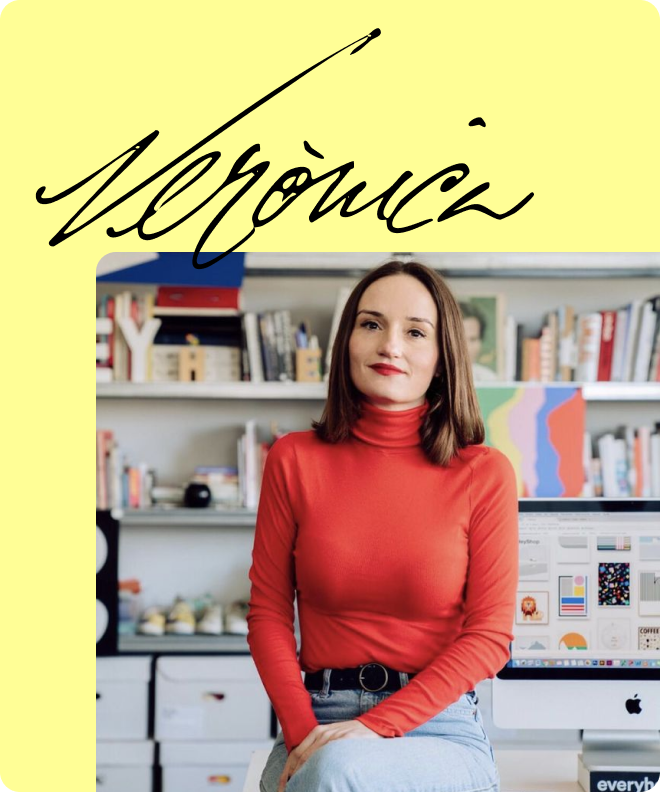- The traditional relationship that workers have with organizations is collapsing
- Brands can re-engage employees by sparking their passion and desire as creators
- Brand becomes a creative incubator for the entertainment arm of the business
- Build structures that fairly reward employees for building their own personal profiles
- Appropriate that content and effort back to the master brand and repeat
The traditional relationship that workers have with organizations is collapsing.
Our social contract is breaking down as the correlation between hard work and reward gets looser and looser.
Why study hard, get into a good school, and grind it out in a corporate career for decades when you’ll still be locked out of the property market in major cities, facing a situation of ongoing economic precarity?
Instead of placing their faith in these institutions, people are increasingly turning inward — hence the desire to build a personal brand.
From this desire, an alternative model for managing the employee relationship is taking shape: employees as brand creators.

1The "Ulta Beauties" ambassador program is open to Ulta Beauty associates who've been with the company for at least 6 months and are over 18.
We're already starting to see this in practice.
Ulta Beauty is a retailer in the US with 1400 stores and 50,000 store associates. They started an internal ambassador program 1, open to anyone who had worked in the company for more than 6 months.
They got 1500 applications.
These associates are asked to make two content deliverables a month. When they make content on the clock, they get paid for it. And if they make content off the clock, they get paid for that, too.
As influencers, they get PR packages from brands. They get paid trips to things like Ulta Beauty World 2, their yearly conference.
They get access to beauty brand masterclasses, where the likes of TikTok and Snapchat come and give workshops to help them elevate their content.
The standouts get to star in commercials. They go live on platforms to deliver advice. They get their content reposted by the Ulta Beauty's official channel.
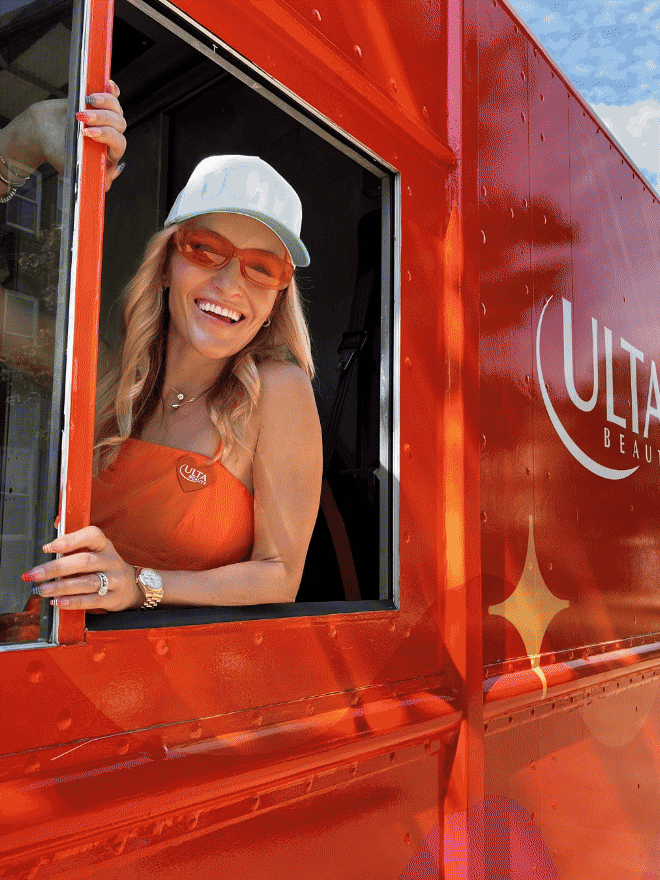
2The most successful Ulta creators receive trips, product, swag, and PR opportunties.
3"Sephora Squad" offers a yearlong, paid partnership with Sephora featuring exclusive rewards for creators.
In this model, what you are seeing is what Tom Beckman (Weber Shandwick’s Chief Creative Officer) spoke about at Paradigms: brand as the entertainment arm of the business.
But what we are also seeing is brand as a creative incubator for that entertainment arm.
Just last week, another beauty brand, Sephora 3, announced their influencer program — a move that will effectively put creators on their payroll.
And we can see this happening in other industries, too. Earlier this year Starbucks created a role called the Global Coffee Creator 4.
This is a paid, full-time, 12-month contract where this person gets to travel the world, visit different Starbucks locations, and make content about it on social media.
The travel costs are, of course, covered by Starbucks.
The role, and the massive PR push that announced it, is a brand-building piece in and of itself — a clever piece of advertising that positions Starbucks effectively as a youth culture brand.
Each of these examples demonstrate how to build structures that fairly reward employees for building their own personal profiles, while allowing the business to appropriate part of that effort back to the master brand.
Instead of having their productive energy suppressed by a traditional wage relationship, that energy is unleashed, and the employee becomes motivated as if they are working for themselves. It’s a win-win.
4Applicants to Starbucks' Coffee Creator role were asked to post a video to TikTok describing why are right for the job, with the ideal candidate outlined as a "coffee-obsessed, chronically online, world traveler."
As we're starting to understand that AI is allowing us to make way more content, we're also recognizing that with the creator economy there's so much more content that can be made and consumed.
The brands who figure out how to own these relationships — and distribute all this content — are the brands that will succeed in the creator era.

